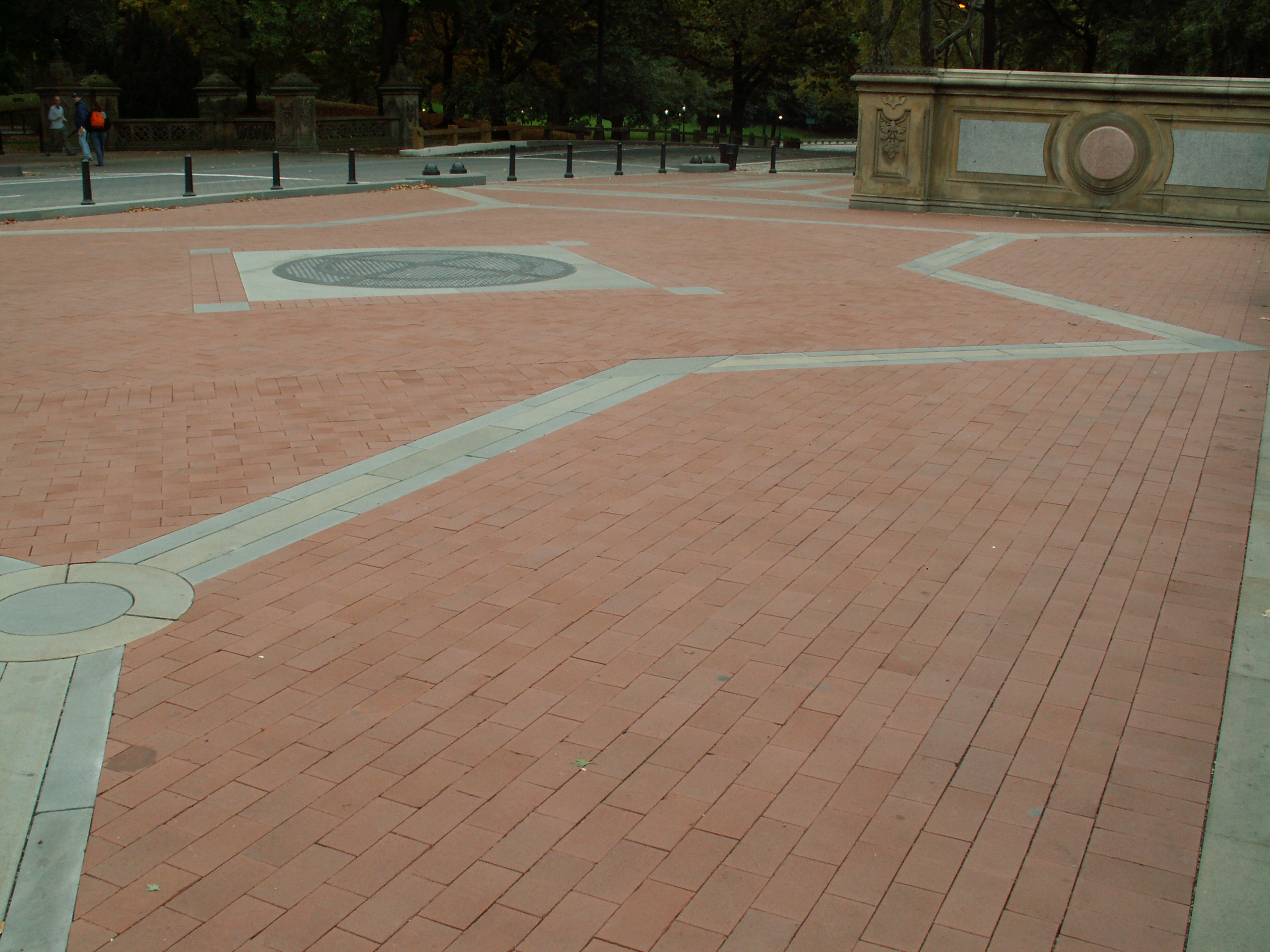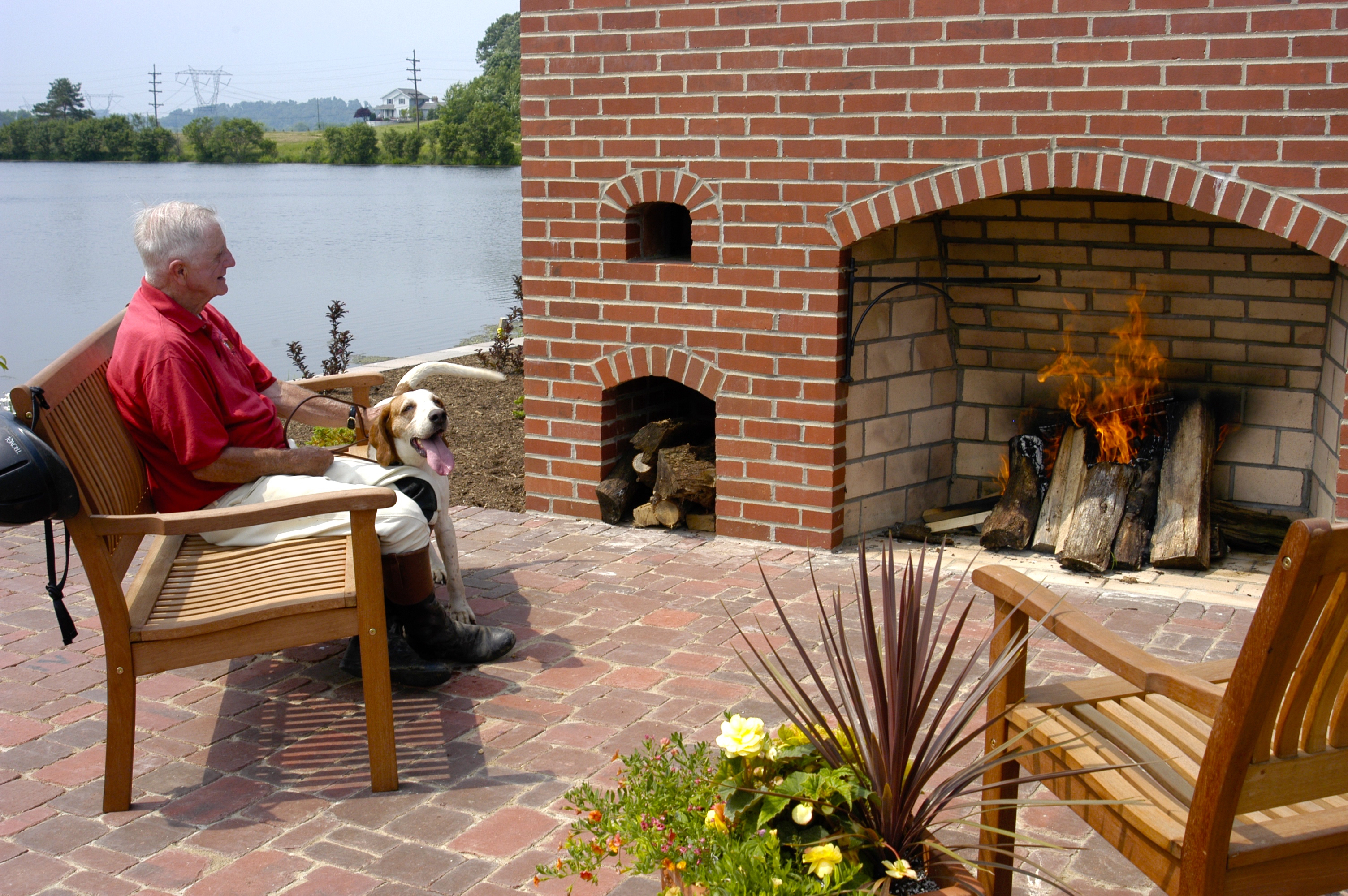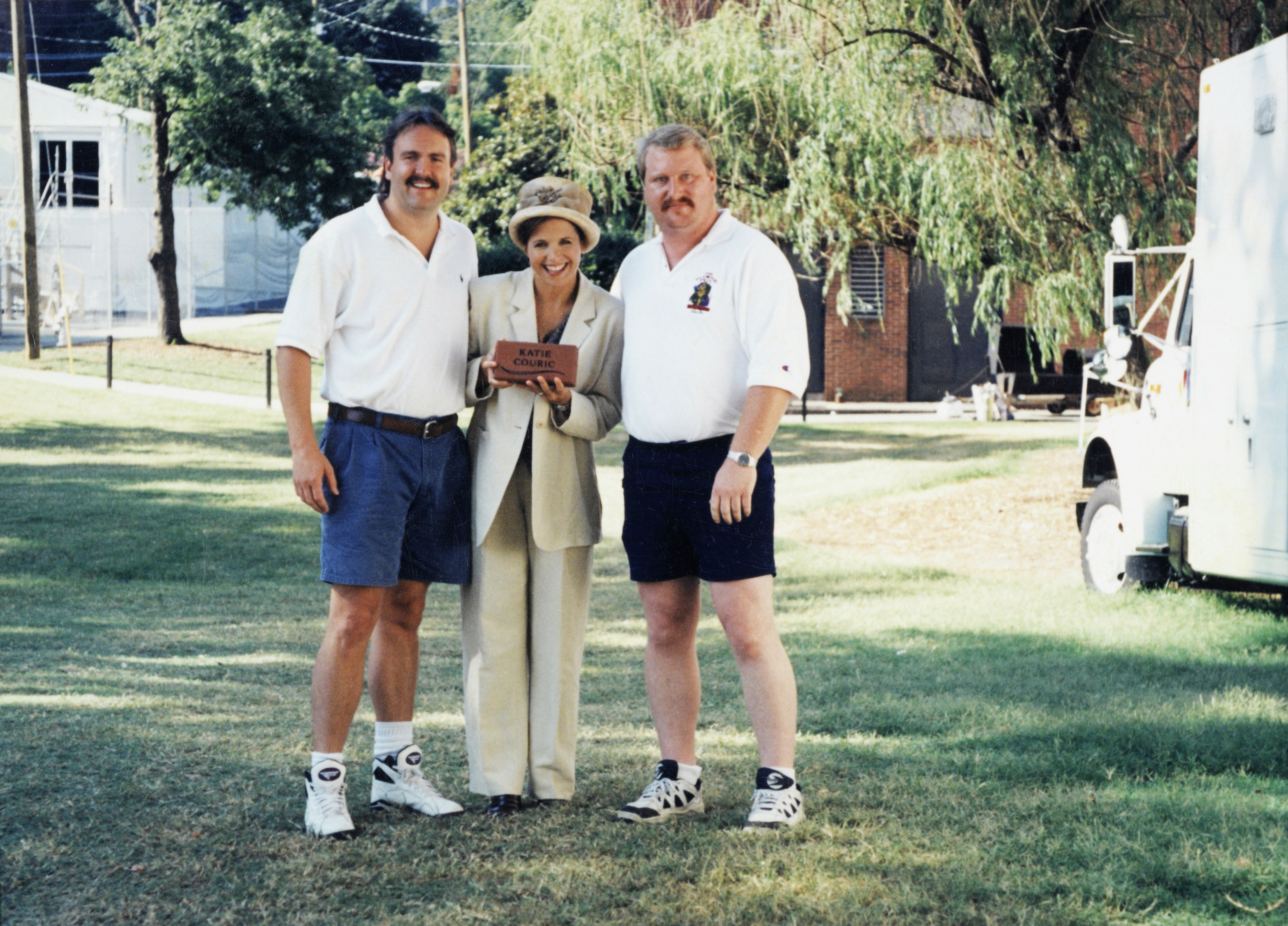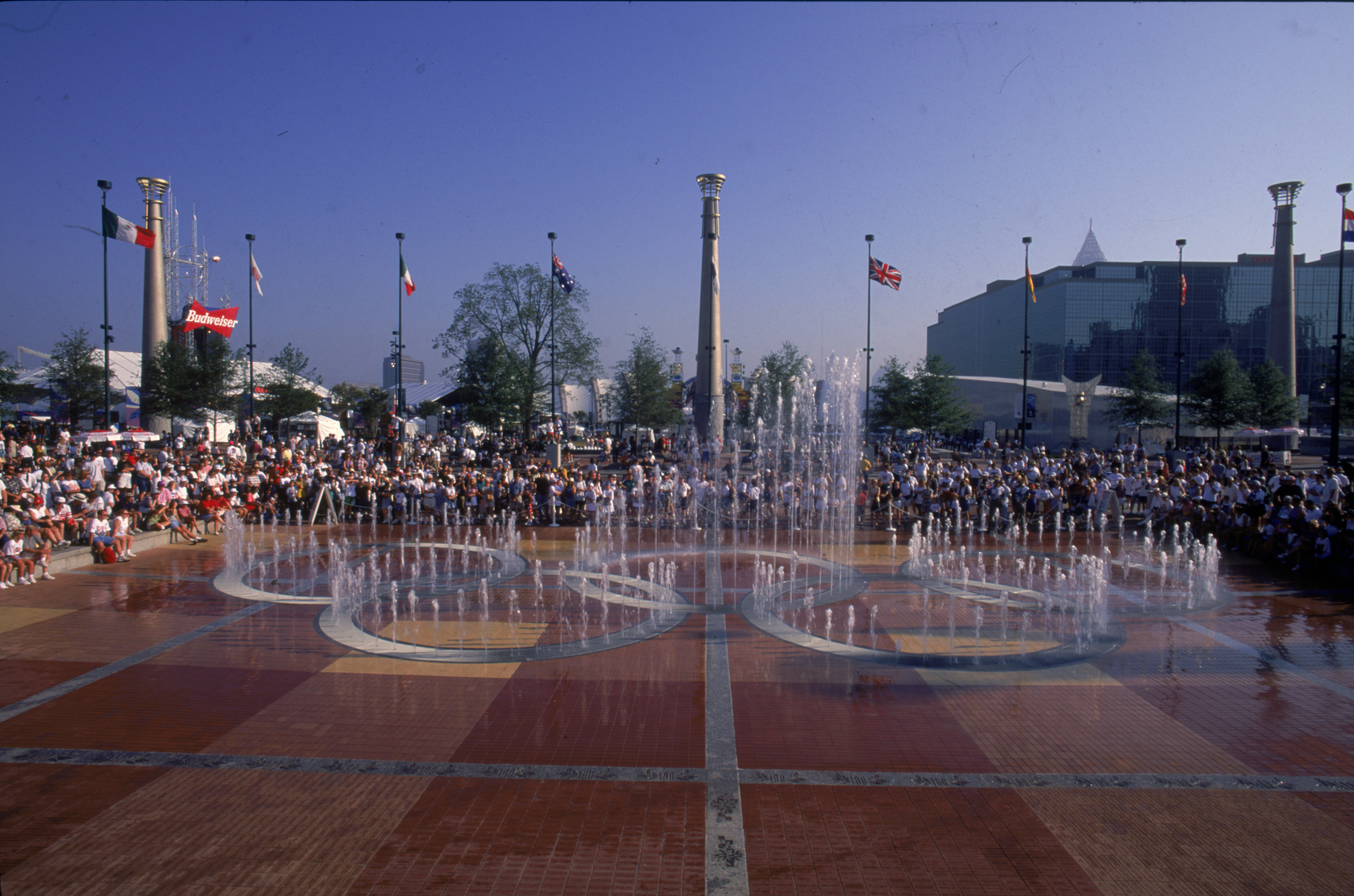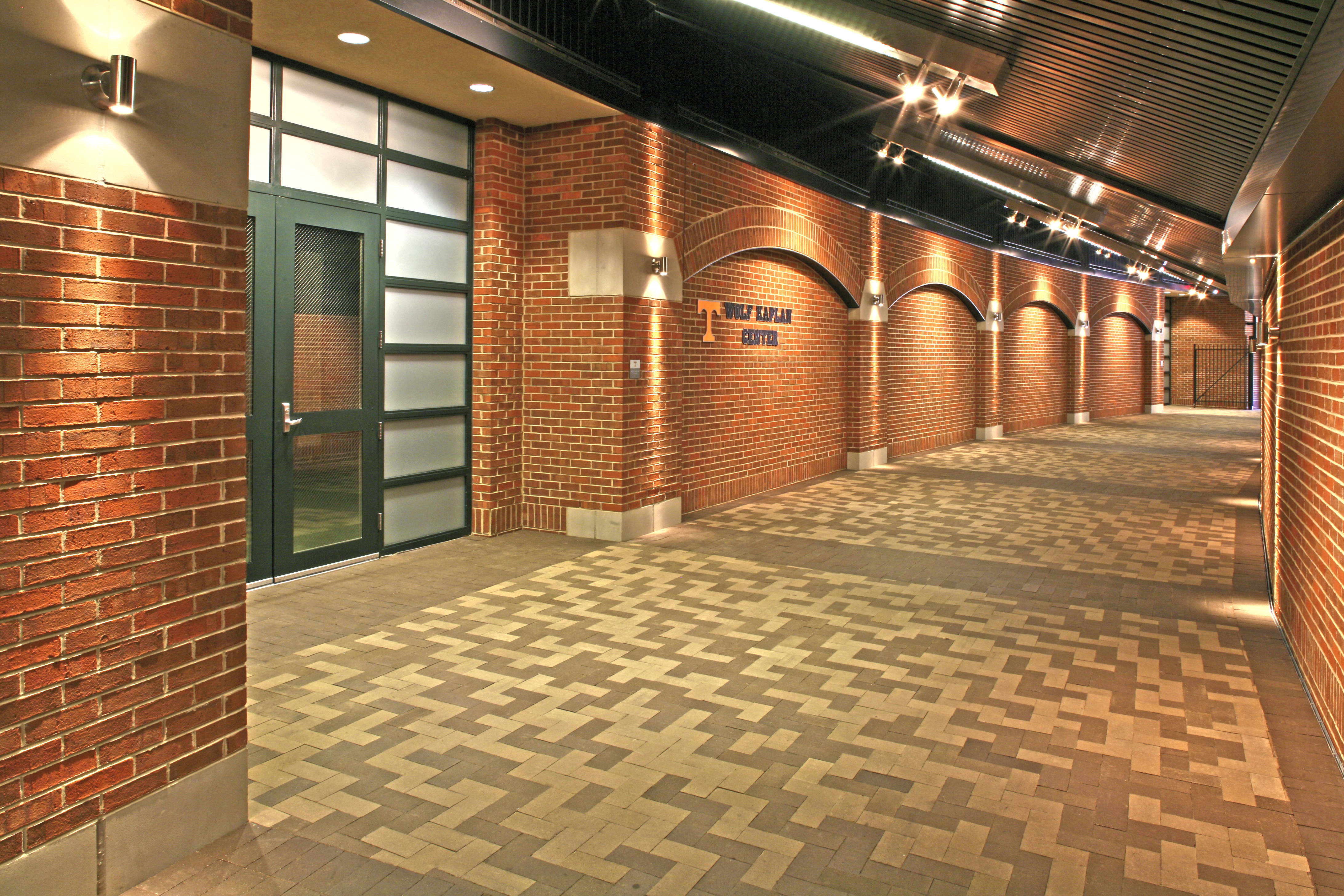In 2007, we began the ‘Leap Ahead’ project. The purpose was to look at the longer term future to see what we would like to do. The goal was to develop a blueprint of the ‘Plant of Tomorrow.’ We tried to involve as many people in this process as possible and the results were very positive.
The year 2008 began slowly as usual in our seasonable product lines. By April, it became apparent that our sales were definitely going to be lower and we would have to respond with cost reduction. At this point, the brick industry volume had decreased 50 percent from two years before. our bank was requiring that we discontinue the music festival and the Chicago joint venture to improve our cash situation. They also required that we show a profit for 2008 to avoid being asked to leave. We had already voluntarily lowered our capacity to improve quality; however, it became apparent that our sales would be well below this new threshold. We focused a lot of attention on cost-cutting to get through this period.
Overall, during the recession, we had a sales dollar decrease of 15 percent in our worst sales year, 2009. This compared favorably to the brick industry decrease of more than 60 percent. We successfully cut our costs by 18 percent of the same period, allowing us to show a profit from our operations throughout the period. The coinciding decrease from the market conditions and our self-imposed capacity decrease to improve the quality were good for us in many ways. We became a leaner company due to the cost-cutting and explored some innovative ways to operate, many of which have helped us for the long term. The general market decrease also helped in our culture-changing efforts, as it was not our of the realm of possibility for the company to go out of business. All people saw companies go out of business and people lose their homes constantly. Everyone seemed grateful for some stability.
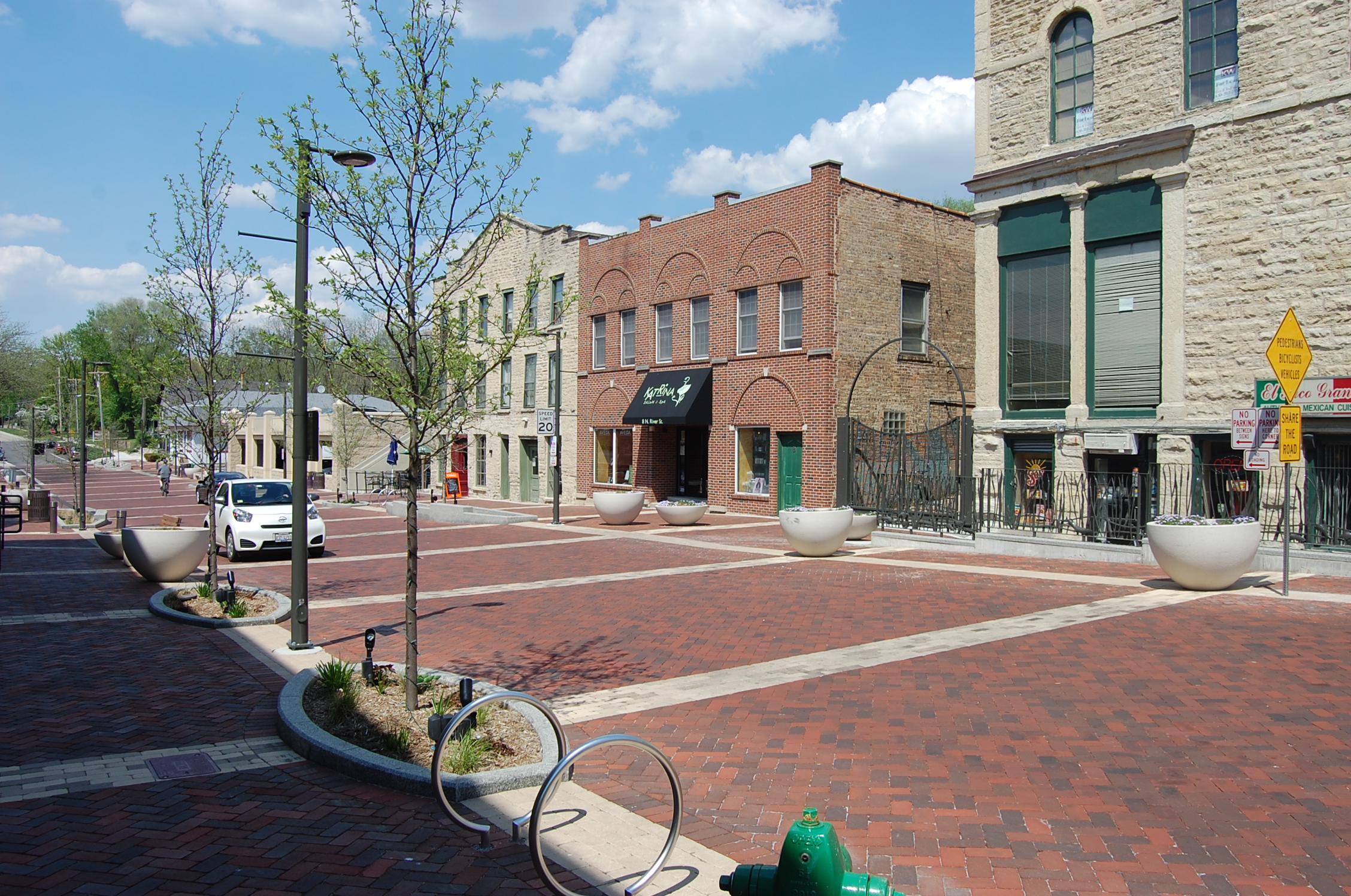
River Street, Batavia, IL


